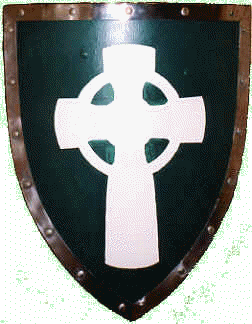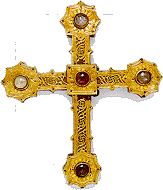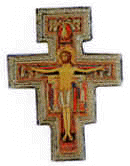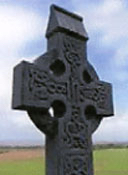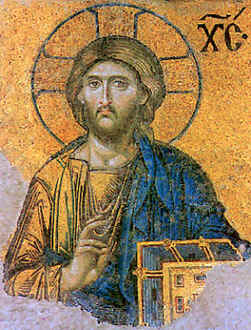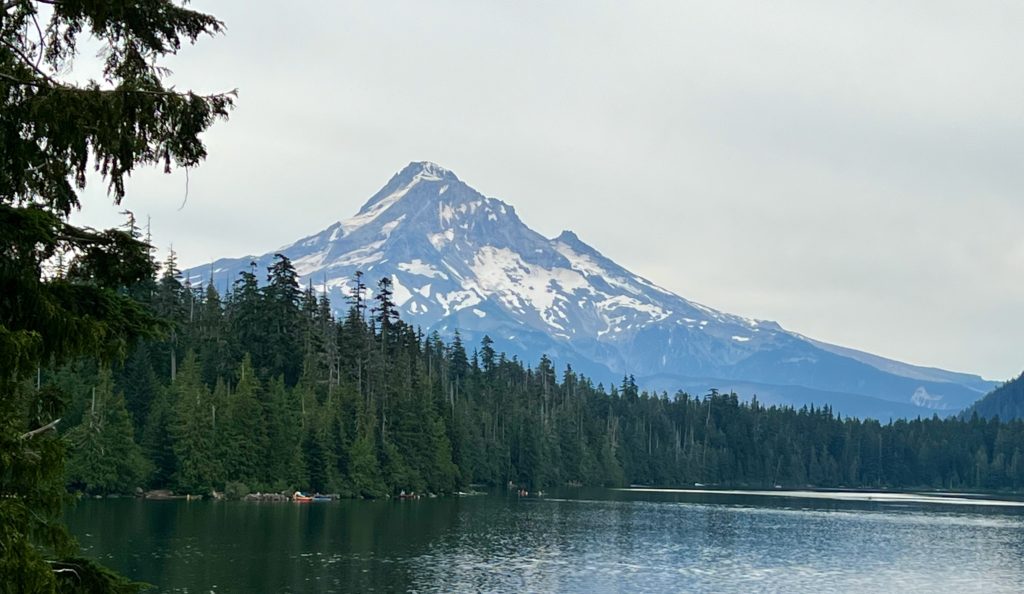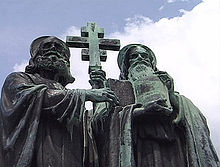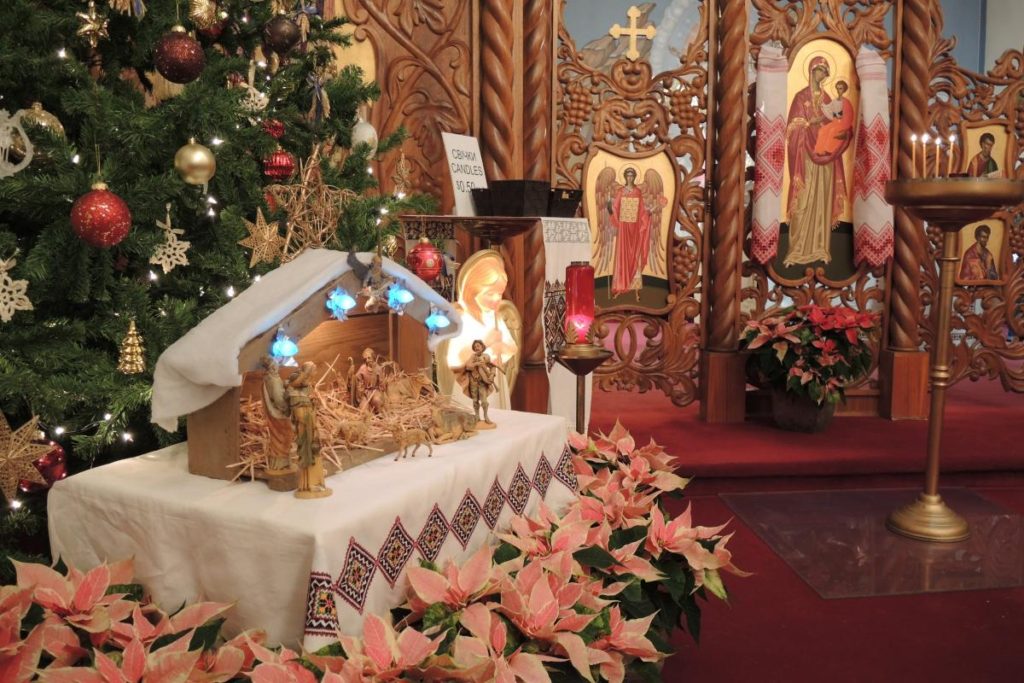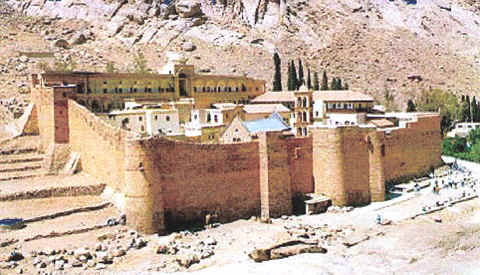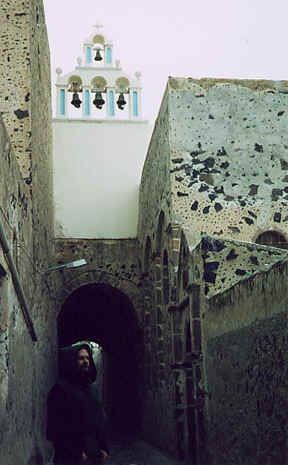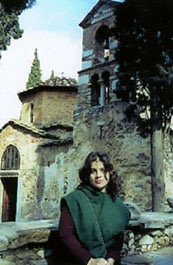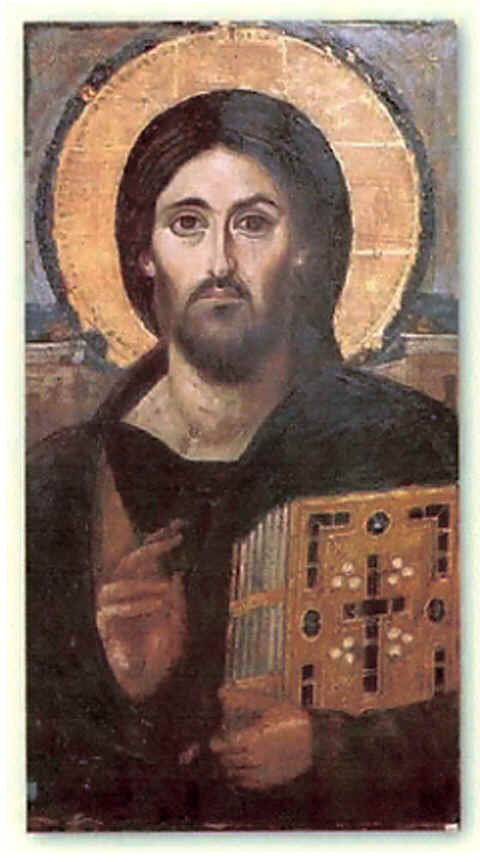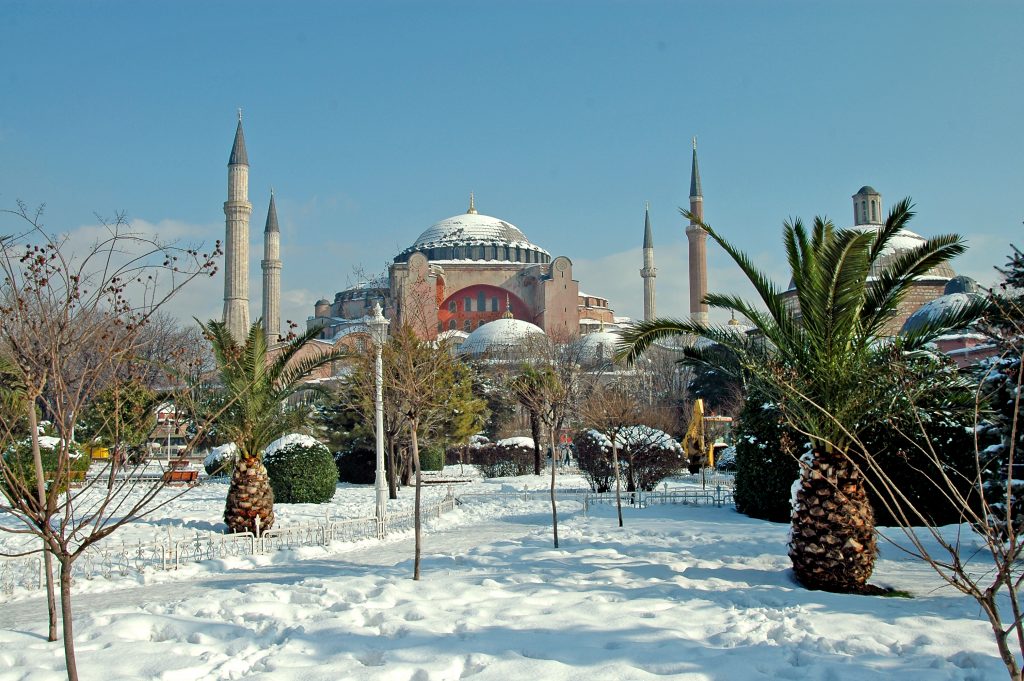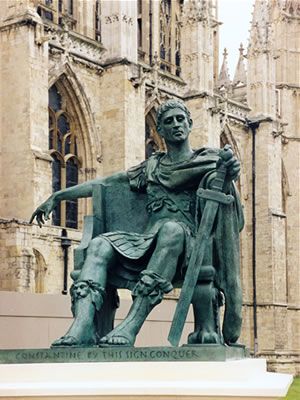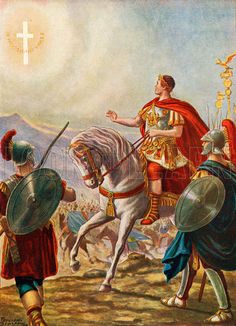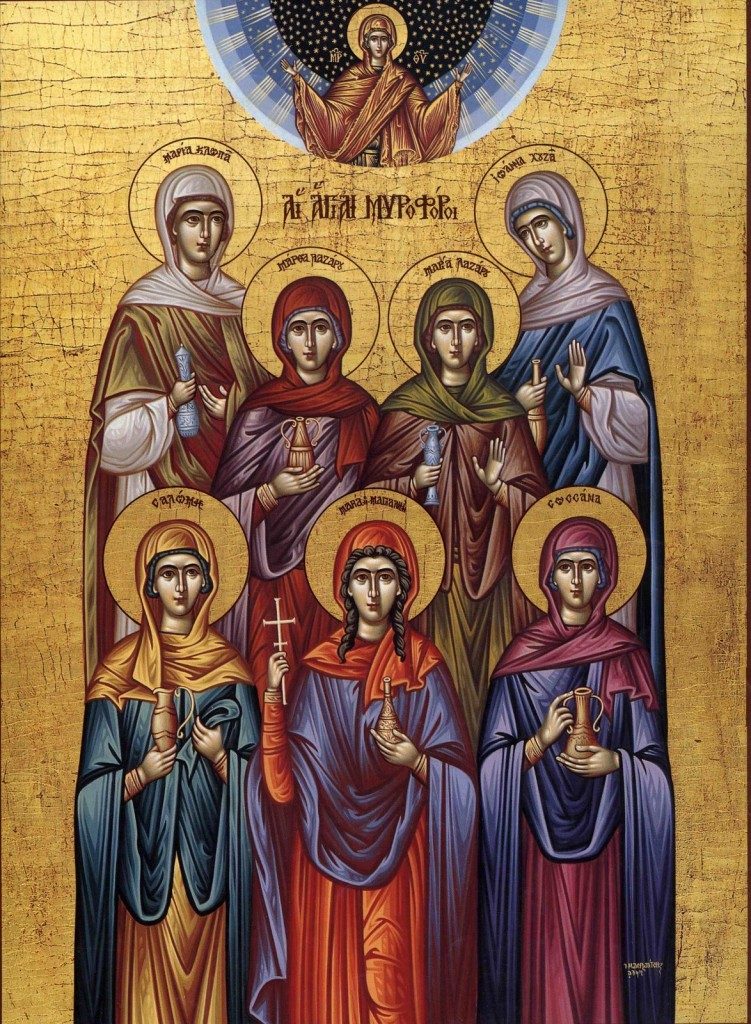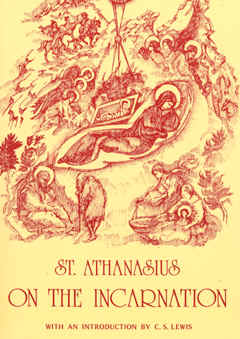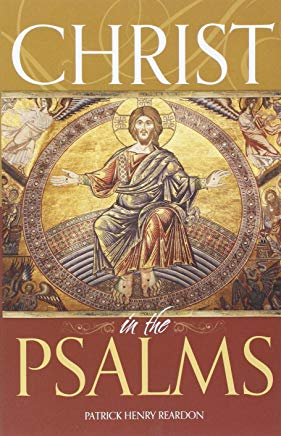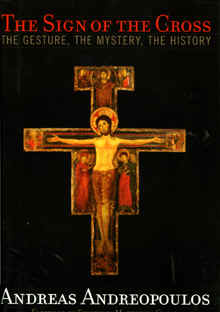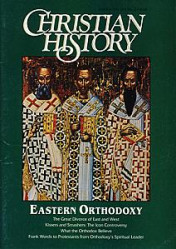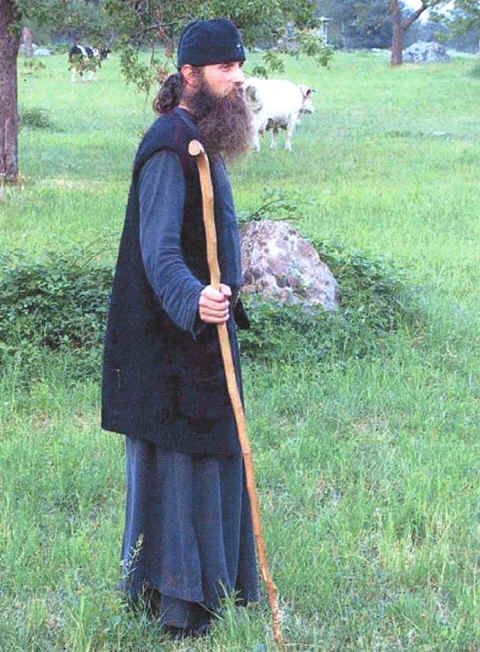
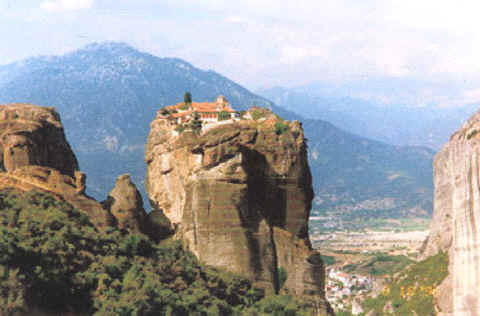
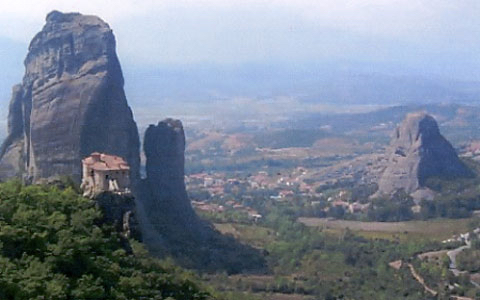
The Jesus Prayer:
“Lord Jesus Christ, Son of God, have mercy on me, a sinner.”
The structure and content of
The Jesus Prayer also bears a resemblance to The Sinner’s Prayer used by many Evangelical Protestants.”
-Wikipedia: The Jesus Prayer

“Chíonn beirt rud nach bhfeiceann duine amháin.”
“Two people see a thing that an individual does not see.”
-Old Gaelic Saying
THE JESUS PRAYER (Orthodox)
See the Sample Prayer (“Sinner’s Prayer”) on our webpage:
“How to Receive Christ / Romans Road” (About Us Category)
____________________
In The Jesus Prayer, we see echoes of a combination of Matthew 9:27 and Luke 18:13.
“And when Jesus departed from there, two blind men followed Him, crying out, and saying, ‘Son of David, have mercy on us.’” -Matthew 9:27
And standing near the Pharisee, the Publican in humility prayed:
“God, be merciful to me, a sinner.” -Luke 18:13 ____________________
“Lay Monk Bob once said to me, when we were talking about God’s justice: ‘I don’t want justice…I’m guilty! I need mercy!’
As an Evangelical, it is not my practice to pray the same prayer repeatedly, in a row. The way I pray The Jesus Prayer, is to add it at the end of each of my times of “Daily Prayer: Praying the Hours” (Prayer Category):
Prayer Upon Awaking; The Threefold Daily Prayers; My Daily Hour of Prayer; Family Prayer; and Prayer Before Sleeping.”
“Seven times a day I praise you,
because of your righteous judgments.”
-Psalm 119:164
-Lay Monk Preston
“Make your people known for the unity and profession of their faith. Inspire the hearts of your people with your word and your teaching.
You called us to preach the Gospel of your Christ and to encourage them to lives and works pleasing to you.”
“However tired and physically worn out I am, I will go with joy to that land; with joy I depart for the sake of the Christian faith.”
-St. Cyril (826-869 A.D.)
“Abba Macarius of Egypt said there is no need to waste time with words.
It is enough to hold out your hands and say,
“Lord, according to your desire and your wisdom, have mercy.”
If pressed in the struggle, say, “Lord, save me!” or say, “Lord.”
He knows what is best for us, and will have mercy on us.”
-Sayings of the Desert Fathers
“The true aim of prayer is to enter into conversation with God.
It is not restricted to certain hours of the day.
A Christian has to feel himself personally in the presence of God.
The goal of prayer is precisely to be with God always.”
-Fr. Georges Florovsky
(1939-1979)
Eastern Orthodox
Theologian
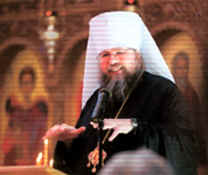
FROM HIS SPEECH: “PREPARING FOR GREAT LENT”
“Repentance is the essence of this whole venture; of what it means to be an Orthodox Christian.
I’m talking about each and every person… We are all converts. Christianity only exists as a Church of converts.
Being born into it can be very wonderful… But, you still have to accept it. You still have to make a conscious choice.
You still have to enter into that process of inner conversion. Because the word repentance also means conversion.”
-His Beatitude, Metropolitan Jonah
During his time as Leader of the OCA (Orthodox Church in America);
from his 2009 speech in Miami Lakes, Florida:
“Preparing for Great Lent.”

THE ICON OF CHRIST PANTOCRATOR
On the top Left of this page, and also at the top of the Column to the Right, is one of the most widely used religious images of Eastern Orthodox Christianity.
Generally speaking, in Byzantine church art and architecture, an Icon of Christ Pantocrator occupies the space in the central dome of the church, or simply on the ceiling, over the nave.
In quoting the Septuagint Greek translation of the Old Testament, the Apostle Paul uses the word Pantokrator in 2 Corinthians 6:18.
The Apostle John in the Book of Revelation uses the word Pantokrator 9 times:
Revelation 1:8, 4:8, 11:17, 15:3, 16:7, 16:14, 19:6, 19:15, and 21:22.

CHRIST PANTOCRATOR
In the half-length Icon shown Above, Christ holds the New Testament in his left hand and blesses with his right hand, making the Sign of the Cross.
The Icon was painted, or in Orthodox terminology, “written,” in encaustic (a melted wax method) on a wood panel in the sixth or seventh century.
It survived the period of destruction of images during the iconoclastic disputes that racked the Eastern Church from 726-780 A.D., and from 813-843 A.D., by being preserved in the remote desert of the Sinai, at St. Catherine’s Monastery.
__________
CHRIST, RULER OF ALL
The Iconic image of Christ Pantocrator (Christ, Ruler of all) was one of the first images of Christ developed in the early Christian Church, and remains a central Icon of the Eastern Orthodox Church.
When the Hebrew Bible was translated into Greek, the word Pantokrator was used to replace the Hebrew title: El Shaddai (The Almighty )
.
Early Christians ascribed this title to Jesus of Nazareth.
The closest English equivalent for Pantokrator may be: “The Almighty”; also: “Ruler of All,” “Omnipotent.”
In the Greek of the Septuagint translation of Psalm 91:1, “Shaddai” is translated as:
“The God of Heaven.”
Mt. AtHOS ("HOLy MOuNtAiN"). HOME tO 20 ORtHOdOX MONAStERiiES. lOcAtEd ON the cHAlKidiKE pENiNSuLA, NEAR theSSALONicA , GREEcE.
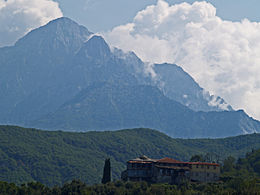
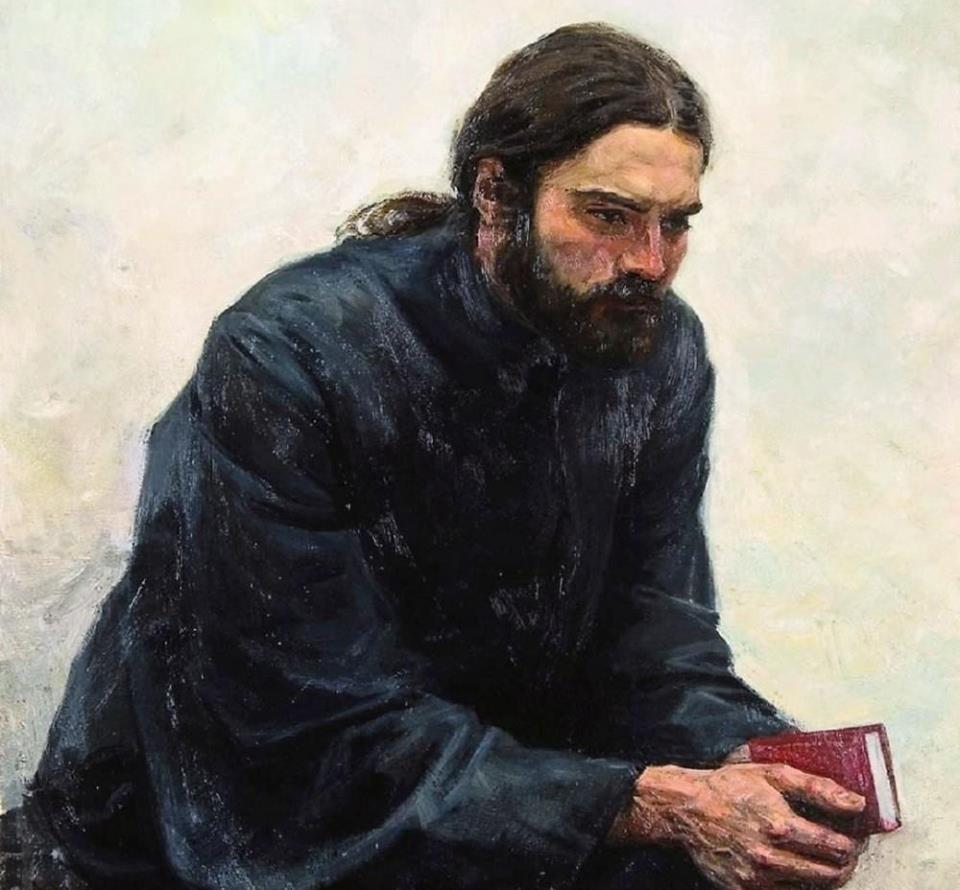
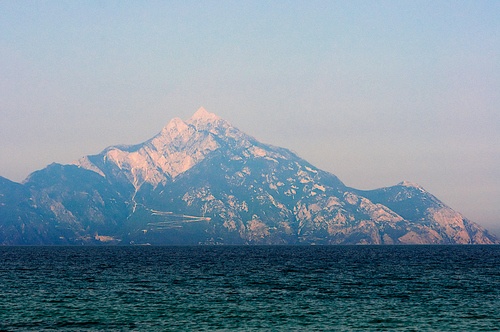

yOuR cOMMENtS: JAcOb (StAffMEMbEr fOr tHE WEbSitE Of tHE GREEK ORtHOdOX ARcHdiOcESE Of AMERicA)
Just had a few comments…
I went over the site in a cursory way as there is a lot of material to run through! A very nice collection.
One of the things that is useful to many folks who visit our site is the habitual aspect of prayer. We receive a regular stream of visitors to both our online chapel and daily readings pages – they rank highest for traffic of any other component on our site.
I have been to New Skete on the east coast, which perhaps you are familiar with – there may be some connection in their development of the “Companions” model of monasticism that integrates formal marital coexistence with some level of personal prayer life and reflection.
Overall their example, and sites like yours, show that monastic worship and aspiration are not something to be put on a pedestal – nor do they presume too much. I suppose this goes along with breaking down the wall that often imposes itself on our lives – a wall between the presence of God and the existence of us as people, and ourselves and all the complications that brings to the balance.
The development of quasi-spiritual boundaries is a concern, really, as monasticism of the east enters the “new world” and brings along with it the complexities of Hellenism and philosophy, etc.
I can see many people turning your way in the future – there is often a strain of temptation related to power when living amongst a community of those who strive for communion and wholesome intimacy with God.
In the orthodox world we see it in the abuse of certain stations of power, but also in a number of doctrines that are entirely authentic and within the tradition of several popular monasteries, but can often stand in the way of the simple and essential absorption of the gospel of Christ.
While I have worked in my own life and research to face these paths and yet still get to Christ, it is a difficult battle when faced with so many traditions claiming authenticity yet leading in arcs that promise quick knowledge of the gospel.
I am sure that others who struggle with this battle for the gospel will find your approach clean and insightful. The way is simple, direct and possible.
One of the jokes that I sent to my mentor was the cover for an edition of the Philokalia put out by Light and Life publishing… where the book was titled: “The Philokalia: The Bible of Orthodox Spirituality”.
The irony I’m sure isn’t lost on you.
I hope that your community is successful in maintaining high integrity to the gospel and that you will be able to withstand the gravity of the innumerable remarkable aspects of monasticism throughout the ages.
Yours,
Jacob
Staffmember for the Website of the:
Greek Orthodox Archdiocese of America




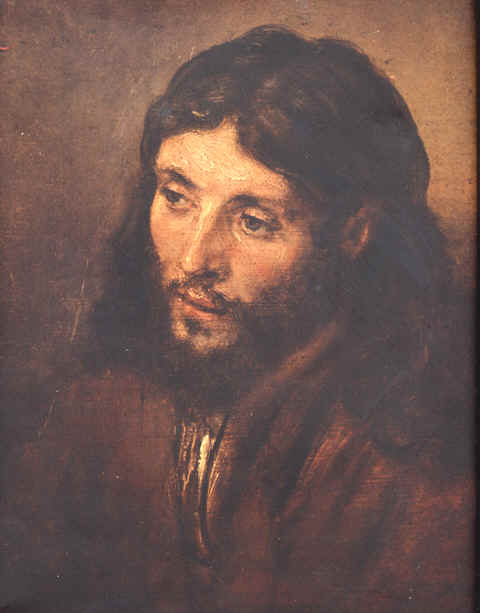

yOuR COMMENtS: HiiEROMONK KyRiLL (HOLy NAtiVity Of the TheOtOKOS HERMitAGE, iLLiNOiS)
Re: A Wonderful Work
Dear in Christ Lay Monk Preston,
I have thoroughly enjoyed the time spent reading about your Order and it’s works. It is most heartening to see that you have a rich and balanced outlook on your monastic life.
When I read your training program I had to consider giving this to some of the monks I know as an example of how to live. It is wonderful that you are giving this opportunity to people and it is so approachable.
I have been a monastic in the Russian Orthodox Church for 34 years and can certainly recommend your approach as a spiritually sane way of living monastically.
Too often when people think about monasticism they focus on the outward things, the hardness of life and the remoteness.
There certainly are those types of monasticism and they have their place, but you are offering a type of monastic experience that seems to be able to be experienced in both a remote and an urban setting.
In our monastic tradition, one of our most holy monks, Silouan of Athos prophesied that there was a day coming when monks would live in the cities in apartments and among people in general. You seem to be helping fulfill that prophecy.
I most certainly will pray for your Order and if I were in the world would seek a place in it. May God Bless your work, I am your unworthy servant,
Hieromonk Kyrill
Holy Nativity of the Theotokos Hermitage, Illinois



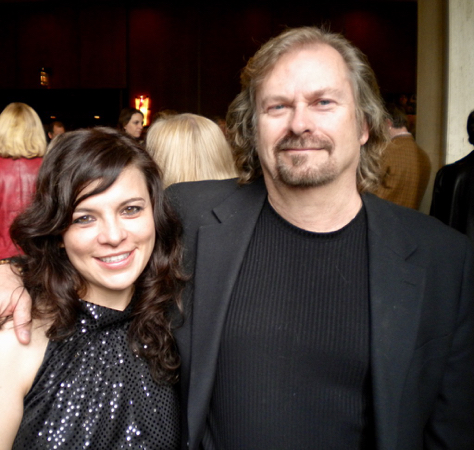



iNtERcESSORy pRayER : St. tHERESE, St. MONicA, & St. AuGuStiNE
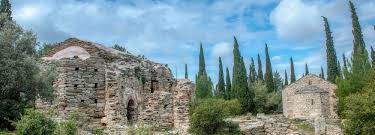

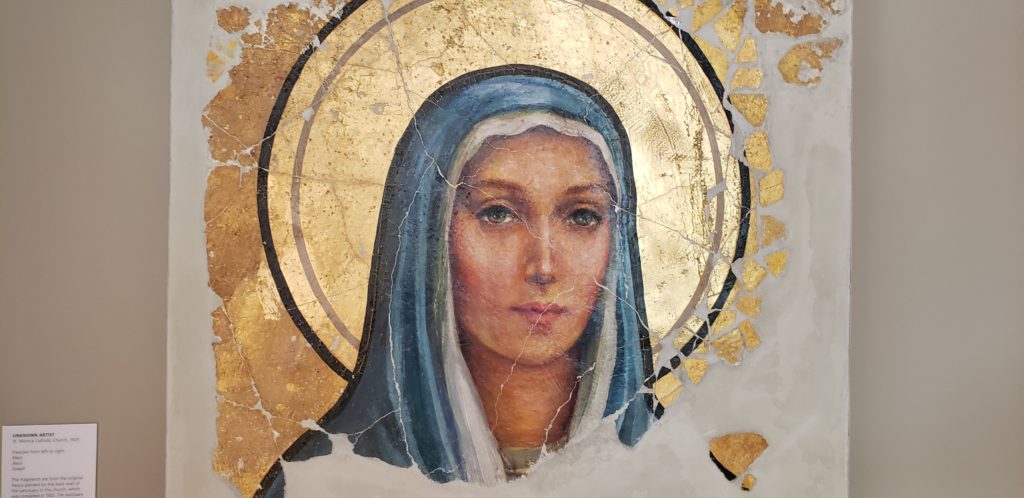
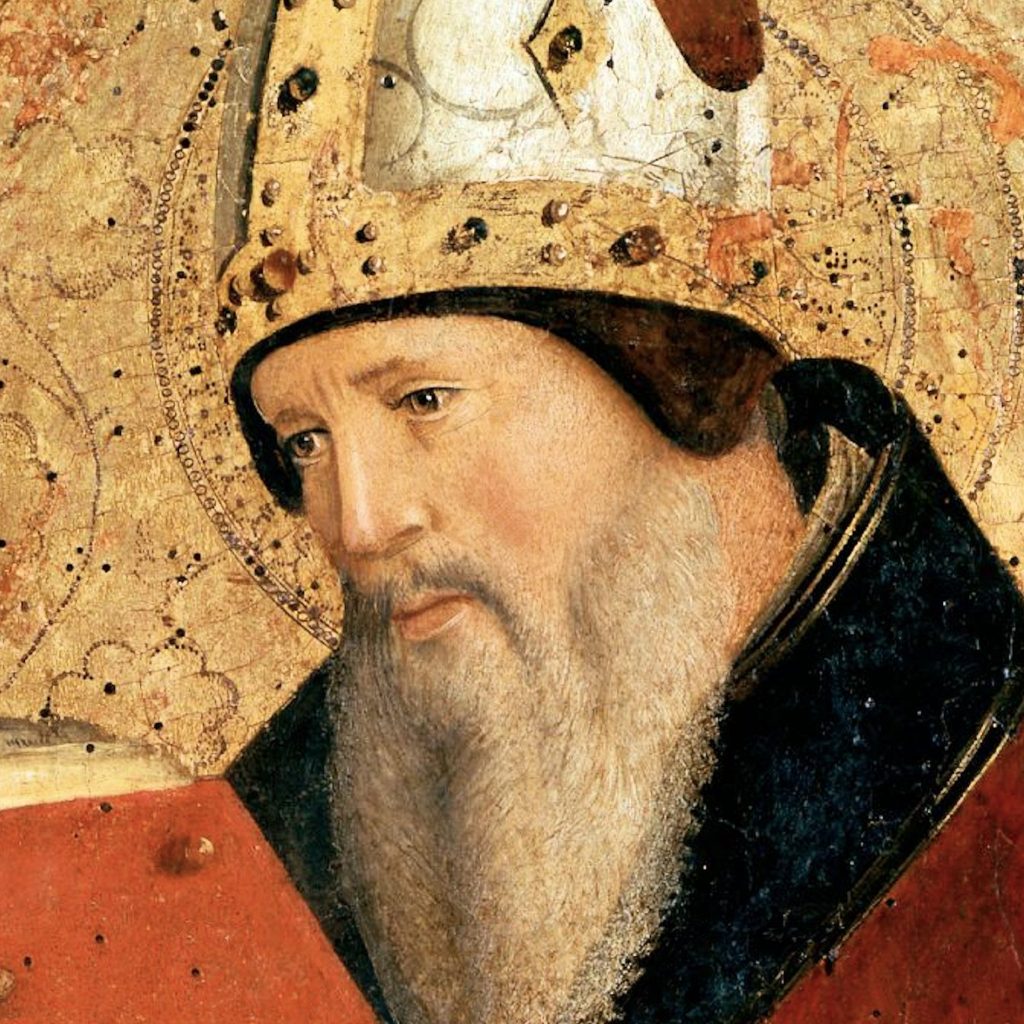
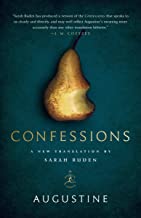
“Confessions” by St. Augustine
“What can be more excellent than prayer;
what is more profitable to our life;
what sweeter to our souls;
what more sublime,
in the course of our whole life,
than the practice of prayer!
-St. Augustine (354-430 A.D.)
Monk, Bishop of Hippo in North Africa

St. Therese, a Roman Catholic saint, had difficulty knowing that God heard her prayers for others.
As a youth, she decided to put God “to the test” once and for all…
She prayed fervently for the salvation of a callused serial killer of women, Henri Pranzini.
Pranzini was caught, found guilty and sentenced to the guillotine.
During this time, Therese prayed that he be saved, and that she be given a sign that a conversion took place.
Pranzini became more arrogant. Therese persisted.
On the execution day, Pranzini walked up the steps, put his head onto the block, still jeering.
Then, unexpectedly, he lifted up, grabbed the crucifix hanging from the side of the nearby priest, and Pranzini kissed the feet of Christ three times.
Pranzini publicly repented.
He then put his head back down onto the block, and the guillotine fell.
Therese claimed that her prayers were answered…
Is this really the way intercessory prayer works? In a word, yes.
How? The answer to that rests somewhere in God’s mysterious ways. What we do know, for certain, is that every prayer for someone else is heard, and in God’s goodness, answered, for the other person’s good.

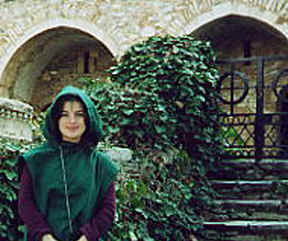

Every single prayer for another helps that other person, and helps us. The lives of the saints are replete with examples.
St. Monica, mother of St. Augustine, prayed day and night for her son when he was living a wild life. Augustine had, among other activities, fathered a child out of wedlock.
Monica was told by her Bishop that “no child of so many tears (prayers) could be lost.”
…We are each called to pray, ardently, for our children, family, priest, the Church, country, world. We have a noble and royal vocation, to pray and make an untold difference in the entire cosmos.”
-Dr. Albert S. Rossi, St. Vladimir’s Seminary Director of Counseling and Psychological Services
© 2010 Saint Vladimir’s Orthodox Theological Seminary
(Re-printed by permission of the Author)

yOuR COMMENtS: dR . ROSSi
6/8/20
Hi Rev. Preston, I am glad that you wrote and provided such a rich insight into your work. Truly inspiring. I visited both pages that you suggested. I would be honored to have you post my words on your website. You and I know that it is all Christ. Love in Christ, Dr R

“The Myrrh-Bearing Women”
(Shown in the Icon Below)
…were the women involved in the burial, or in the discovery of the empty tomb, after Christ’s Resurrection.
Read about them in Mark 15:43-16:20; and in The Book of Acts 6:1-7
This Website: PrayerFoundation Evangelical Lay Monks ™ Built by: S.G. Preston Ministries ™
Copyright © 1999-2024 S.G. Preston. All Rights Reserved.
Photos & Text Copyright © 1999-2024 S.G. Preston. All Rights Reserved.
